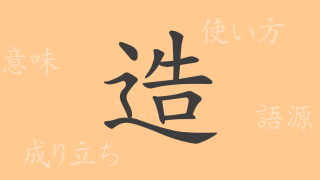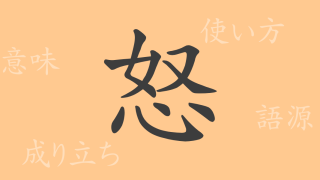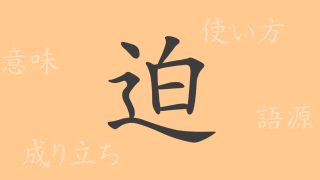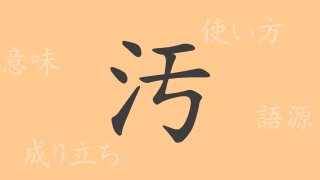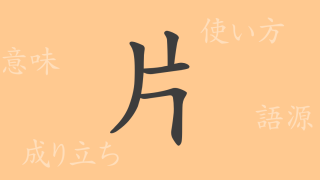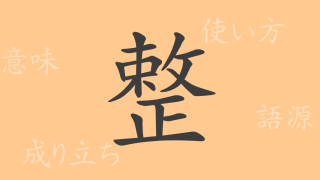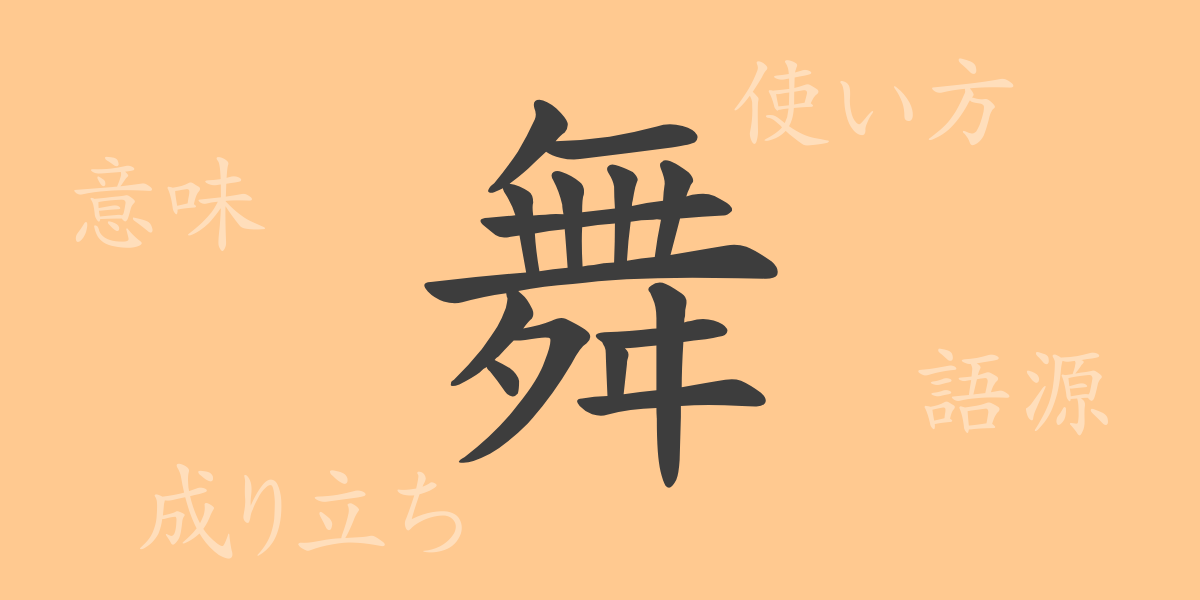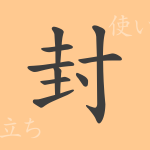The deeply rooted Japanese culture of “舞” (まい, mai). The elegance and strength encapsulated in this single character have captivated the hearts of the Japanese people for centuries. But what history and meaning lie behind it? In this article, we will delve into the charm of the 常用漢字 (じょうようかんじ, jōyō kanji) “舞” (まい, mai), exploring its origins, meanings, usage, and the idioms and phrases that have seamlessly integrated into our daily lives.
The Origins of 舞 (まい, mai)
The character “舞” (まい, mai) is believed to have developed from dances performed during hunting and agricultural rituals in ancient times. As a pictographic character, it originally depicted a person dancing, and over time, it has been refined into its current form. Additionally, ancient Chinese literature reveals that it was used to refer to dances performed during court ceremonies and festivals.
The Meaning and Usage of 舞 (まい, mai)
The character “舞” (まい, mai) encompasses direct meanings such as “to dance” and “to perform on stage,” as well as abstract meanings like “to fly in the air” and “to circulate.” In terms of usage, it is widely used to indicate actions and places, such as in “舞台” (ぶたい, butai – stage), “舞踊” (ぶよう, buyō – dance), and “舞う” (まう, mau – to dance), often representing significant elements of traditional Japanese culture.
Reading, Stroke Count, and Radical of 舞 (まい, mai)
The kanji “舞” (まい, mai) is not only beautiful in form but also intriguing in its readings and components in the Japanese language.
- Readings: On’yomi (音読み, おんよみ) is “ブ” (ぶ, bu), Kun’yomi (訓読み, くんよみ) is “まう” (まう, mau) and “まい” (まい, mai)
- Stroke count: 15 strokes
- Radical: 舛部 (ふんぶ, funbu)
Idioms, Phrases, and Proverbs Using 舞 (まい, mai)
The Japanese language is rich with idioms, phrases, and proverbs that include “舞” (まい, mai). These expressions reflect the Japanese spirit and culture, offering a deep sense of the language’s richness.
- 「舞台を踏む」 (ぶたいをふむ, butai o fumu): Literally, to step on a stage. Figuratively, to perform something in front of others.
- 「一芸に秀でる」 (いちげいにひいでる, ichigei ni hiideru): To excel in one particular skill. Here, “芸” (げい, gei) can include dance.
- 「花を持たせる」 (はなをもたせる, hana o motaseru): To recognize and praise someone else’s achievements. Also used as an expression on stage.
Conclusion on 舞 (まい, mai)
The single character “舞” (まい, mai) moves the hearts of the Japanese people and is a crucial element in shaping their culture. From its origins to its daily usage and the beautiful idioms and phrases it forms, its charm is manifold. Through this article, we hope to convey the deep meanings and history of “舞” (まい, mai) and enhance your understanding of Japanese culture.






